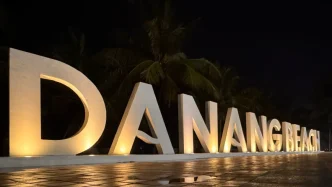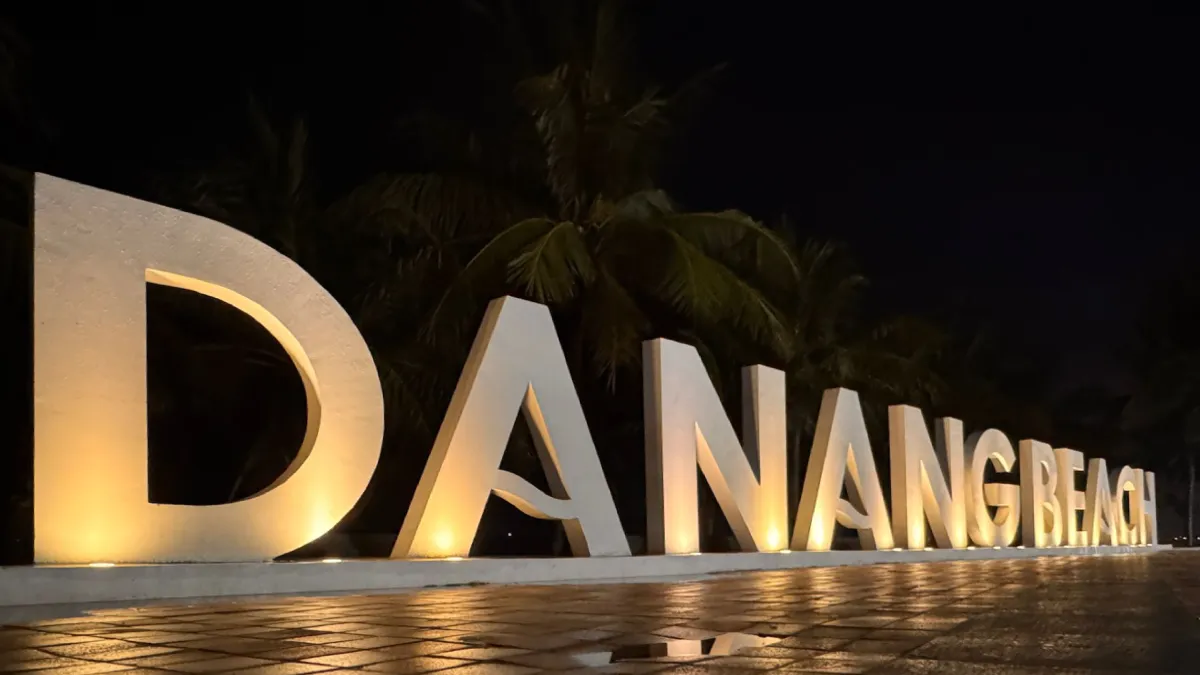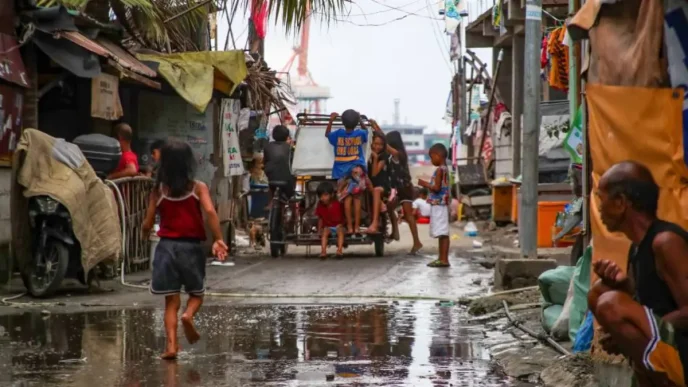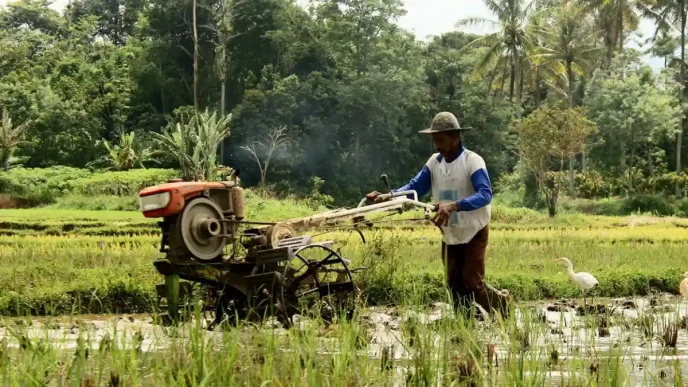Da Nang, Vietnam’s coastal gem, is experiencing a remarkable economic upswing in 2025, driven by a dynamic real estate market and a robust tourism recovery. In the first half of the year, the city has seen significant growth in foreign direct investment, tourism arrivals, and hotel capacity, bolstered by strategic administrative mergers and policy incentives. As Da Nang positions itself as a leading property and travel destination in Southeast Asia, stakeholders are optimistic about its trajectory, with new infrastructure and international branding set to further elevate its appeal.
A City on the Rise
Da Nang, often dubbed Vietnam’s beach hub is witnessing an economic transformation in 2025 that could redefine its role in the region. The city’s Gross Regional Domestic Product (GRDP) has nearly doubled from US$6.8 billion to $12 billion following the administrative merger with Quang Nam Province, a move that has expanded its economic footprint and sparked heightened demand for property. This merger, combined with the establishment of a Free Trade Zone, has created a fertile ground for investment, drawing both domestic and international interest.
Executive Director of CBRE, a global leader in commercial real estate services, Dương Thuy Dung, highlighted the impact of these developments. “Da Nang has gained a series of growth indices in the first six months of 2025, including foreign direct investment up by 157 percent, imports and exports by 13.4 percent, and tourism by 18.9 percent” she noted on July 15, 2025. Dung also pointed to the Free Trade Zone’s forthcoming allocation of functional areas as a catalyst for further real estate market optimism.
The city’s appeal as an investment destination is further enhanced by preferential policies and a supportive legal framework on real estate tax. These measures are designed to attract developers and investors, positioning Da Nang as a magnetic property hub with lucrative prospects. As the city continues to integrate with Quang Nam, the combined region is expected to offer a diversified economic base, from tourism to industrial zones, promising sustained growth.
Tourism Recovery Fuels Economic Momentum
Da Nang’s tourism sector is a cornerstone of its economic resurgence. In the first half of 2025, the city welcomed 5.8 million visitors, a year-on-year increase of 18.9 percent, according to the Da Nang Statistics Office. International arrivals surged by 31.4 percent to 2.6 million, driven by strong demand from markets such as South Korea, mainland China, Taiwan, and India. The expansion of flight routes, including 17 new international connections with 53 daily flights and eight domestic routes with 65 daily flights, has made the city more accessible than ever.
The tourism boom is supported by major international events, effective local stimulus policies, and expanded air connectivity from key Asian markets and the UAE. Da Nang aims to attract over 11.9 million visitors by the end of 2025, generating more than VND 36 trillion (approximately US$1.4 billion) in revenue. New routes from the Middle East are expected to further boost international arrivals, adding to the city’s global appeal.
This surge in visitors has directly impacted the hospitality sector, with 561 new five-star hotel rooms added in the first half of 2025, representing 73 percent of the total capacity added in 2024. Two notable projects, Courtyard Da Nang Han River with 300 rooms and Wyndham Soleil Da Nang with 261 rooms, have contributed to a total supply of 18,610 four- and five-star hotel rooms across 95 projects. Five-star hotels account for 40 percent of this supply, while four-star hotels make up the remaining 60 percent.
The performance of these high-end hotels reflects the strength of the recovery. The average occupancy rate for four- and five-star hotels reached 65.5 percent in the first half of 2025, a rise of 4.8 percentage points compared to pre-COVID-19 levels in 2019. The average daily rate also grew by 2 percent over the same period, reaching US$112 per room per night. Looking ahead, Wyndham Soleil Da Nang is set to add another 545 rooms in late 2025, with occupancy projected to climb to 65 percent, up 6 percentage points year-on-year, and daily rates expected to increase by another 2 percent over 2024 figures. Da Nang’s success is clear: smaller but incredibly popular boutique like the Pergola Design Hotel, are reporting fully booked rooms. For small business owners, Da Nang’s success has made an incredible difference to bottom line and path of operation.
Real Estate Market: High-End Growth Amid Limited Supply
Parallel to the tourism boom, Da Nang’s real estate market is experiencing significant growth, particularly in the high-end segment. In the first half of 2025, the vacation property market saw limited new supply, especially in villas, with only 640 condotel units added from the Sun Costa Residence project. This brought the total condotel supply to 7,688 units across 18 projects, while villa supply remained stagnant at 815 units.
Despite the limited additions, average selling prices have soared, with villas increasing by 12 percent to VND 86 million (approximately US$3,400) per square meter and condotels by 15 percent to VND 70 million (approximately US$2,800) per square meter. This price surge is attributed to high-end launches such as Mandarin Oriental Da Nang, Nobu Danang, and Sun Costa Residence, which cater to affluent buyers and investors seeking premium properties in the coastal city.
The Da Nang-Quang Nam merger is expected to further diversify the region’s hotel and property offerings between 2025 and 2027. International brands like Mandarin Oriental, JW Marriott, and Nobu are set to enter the market, enhancing Da Nang’s positioning as an upscale destination. These developments signal a shift toward luxury and international standards, aligning with the city’s ambition to compete with regional hubs like Phuket and Bali.
Policy and Infrastructure as Growth Catalysts
The economic momentum in Da Nang is not merely a product of market forces but also of deliberate policy interventions. The establishment of the Free Trade Zone is a pivotal step, with the allocation of functional areas expected to stimulate industrial and commercial activity. This zone is anticipated to attract foreign investment and create synergies with the tourism and real estate sectors, reinforcing Da Nang’s status as a multifaceted economic hub.
Additionally, the administrative merger with Quang Nam Province has expanded the city’s geographic and economic scope, enabling coordinated development strategies. This integration allows for shared infrastructure projects, such as improved transport links and urban planning initiatives, which are crucial for sustaining long-term growth. The legal framework supporting real estate tax incentives further sweetens the deal for investors, reducing barriers to entry and encouraging capital inflow.
Da Nang’s connectivity enhancements, particularly in aviation, are also critical to its economic narrative. The addition of international and domestic flight routes has not only boosted tourist numbers but also positioned the city as a gateway for business travelers and investors exploring opportunities in central Vietnam. This improved accessibility is a key differentiator, setting Da Nang apart from other regional destinations with less developed transport networks.
Challenges and Opportunities Ahead
While the outlook for Da Nang is overwhelmingly positive, challenges remain. The limited supply of vacation properties, particularly villas, could constrain market growth if not addressed through strategic planning and development incentives. Additionally, the rapid pace of urbanization and tourism growth raises questions about sustainability and infrastructure capacity. Ensuring that environmental and cultural assets, such as Da Nang’s pristine beaches and heritage sites, are preserved amid this boom will be critical to maintaining its appeal.
On the opportunity front, the entry of globally recognized hotel brands and the focus on high-end real estate position Da Nang to capture a larger share of the luxury travel and investment market. The Free Trade Zone, if executed effectively, could also diversify the city’s economic base, reducing reliance on tourism and creating a more resilient economy. Furthermore, the Middle Eastern flight routes open up untapped markets, potentially transforming Da Nang into a truly global destination.
A Model for Regional Development?
Da Nang’s trajectory in 2025 offers a potential blueprint for other Southeast Asian cities seeking to balance tourism, real estate, and industrial growth. The city’s success in leveraging policy reforms, administrative mergers, and international connectivity demonstrates the power of integrated economic planning. However, it also underscores the importance of managing growth to avoid overdevelopment and ensure inclusivity for local communities.
As Da Nang continues to evolve, its ability to sustain this momentum will depend on careful stewardship of its resources and a commitment to balanced development. For now, the city stands as a beacon of economic promise in Vietnam, with its beaches, hotels, and investment opportunities drawing global attention. Whether this growth translates into long-term prosperity remains an open question, but the foundations laid in 2025 suggest a bright future ahead.
















